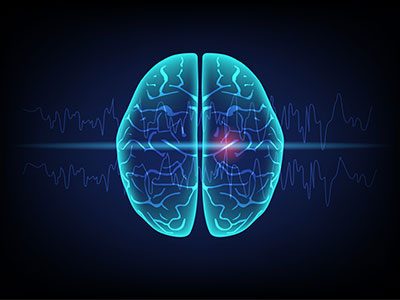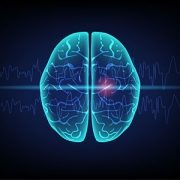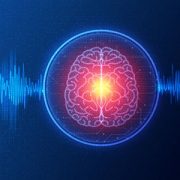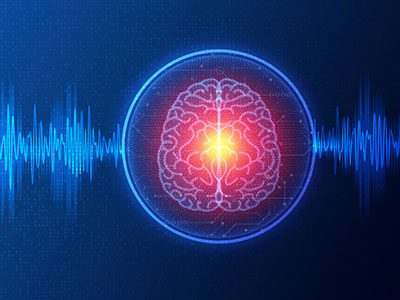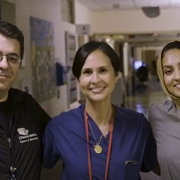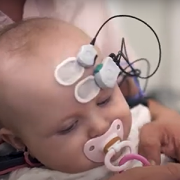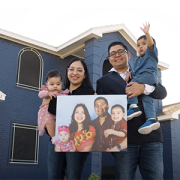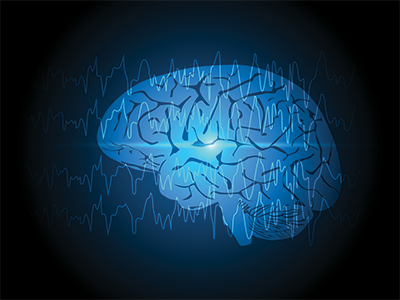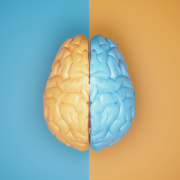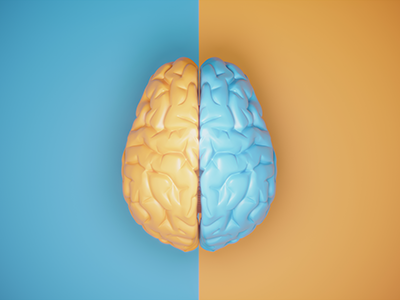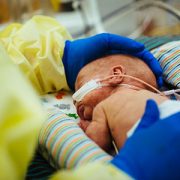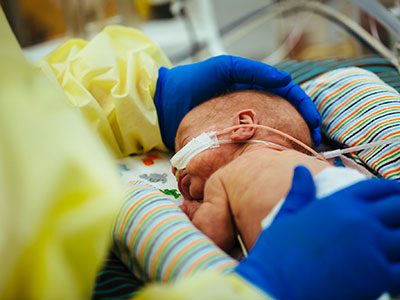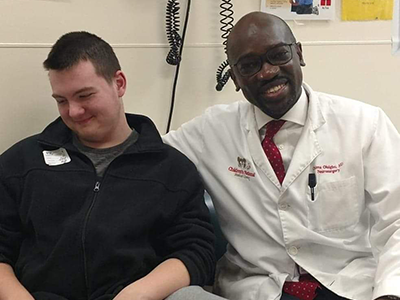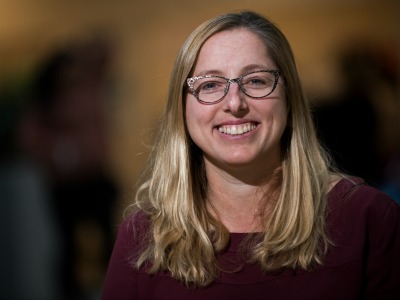
Madison M. Berl, Ph.D., is helping to expand awareness of SUDEP among patients, families and caregivers.
When 4-year-old Henry Lapham died in his sleep just weeks after being diagnosed with epilepsy in 2009, it was a shock to everyone — even his pediatrician and neurologist. Henry’s cause of death was sudden unexpected (or unexplained) death in epilepsy persons (SUDEP), a condition that causes sudden death in about 1 of every 1,000 otherwise healthy patients with epilepsy. Neither health care professional had mentioned this as a possibility, as remote as it was.
“I was desperate to make sense out of our tragedy,” writes Henry’s mother, Gardiner Lapham, R.N., M.P.H., in “Increasing awareness of sudden death in pediatric epilepsy together,” an article published in the February 2017 issue of Pediatrics. After her son’s death, by working with a group called Citizens United for Epilepsy Research, Lapham connected with other families affected by the same heartbreak. “I have met many bereaved family members,” she adds, “and the most consistent thing I hear is that they wish they had known about SUDEP.”
Now, a new collaboration with Children’s National Health System, where Henry received care, University of Virginia Medical Center (UVA) and other academic medical centers is helping to expand awareness of SUDEP among patients, families and caregivers alike. Known as Childhood Epilepsy Risks and Impact on Outcomes (CHERIO), the multiyear effort aims to develop approaches to increase knowledge about SUDEP and other conditions that can accompany epilepsy, such as attention deficit hyperactivity disorder, autism, anxiety, depression and sleep issues, according to co-authors of the Pediatrics article.
CHERIO got its start in 2014 at the American Epilepsy Society annual meeting. There, Lapham met Madison M. Berl, Ph.D., director of research, Division of Pediatric Neuropsychology at Children’s National, who studies epilepsy comorbidities. When Lapham asked what she could do to help raise awareness of SUDEP at Children’s National, she and Berl, along with William Davis Gaillard, M.D., Henry’s neurologist, hatched a plan.
Working with multiple disciplines and stakeholders, including neuropsychologists, psychiatrists, neurologists, epidemiologists, basic scientists, nurses and parent advocates at both Children’s National and UVA, CHERIO plans to assess the level of knowledge about SUDEP and other epilepsy comorbidities among medical providers and parents and to implement ways to increase knowledge. The first item on the agenda, Berl explains, was to conduct a survey to see just how much doctors knew about SUDEP.
“Although many neurologists are aware of this condition, ours was the first to survey pediatricians, and the majority was not aware of SUDEP – despite having children with epilepsy in their practice,” Dr. Gaillard says. “We know that many neurologists do not discuss SUDEP with patients and the reasons for not talking about SUDEP are varied. Thus, CHERIO felt that in addition to educating neurologists about the need to discuss the risk of death associated with epilepsy, increasing pediatricians’ awareness of SUDEP is one approach that could open more opportunities for families to have this discussion.”
To help make it easier to talk about this risk, the CHERIO team is developing strategies for doctors to start the conversation with patients and their families by framing SUDEP in the context of more common epilepsy comorbidities.
“Clinicians walk a fine line in giving information at the right time to make people more aware,” Berl adds, “but also being realistic and giving information that fits with what’s going on in a particular child’s case. By discussing SUDEP along with other, more common epilepsy risks, it brings context to a family so that they’re not unduly concerned about death – which also can paralyze a family and create unnecessary alarm.” The risk of death in most children with epilepsy is very low, slightly higher than the risks faced by healthy children. But parents of children with complicated epilepsy who have more risk factors for sudden death should be especially aware , she says.
Another way to help facilitate discussion may be through a simple tweak in the medical record, Berl adds. The team is currently developing a checklist that pops up annually in a patient’s medical record to remind clinicians of important points to discuss with patients and their families, including SUDEP.
Additionally, they are working on ways that can help families become more empowered to start the discussion themselves. Materials for the waiting room or questionnaires to fill out before appointments could trigger conversations with care providers, Berl says.
Last, the team also is collaborating with a medical device company that is working on a nighttime monitoring system that could provide an alert if patients with epilepsy experience nighttime seizures, a risk factor for SUDEP. Such technologies have not been proven to prevent SUDEP. Yet, it may help caregivers get help more quickly than if they did not receive the alert.
For each of these efforts, Berl notes, having Lapham as a partner has been key. “She’s part of our meetings and has input into the direction of each project,” Berl explains. “When you have a partner who is so close to the daily work you’re doing, it just heightens those efforts and brings to the forefront the simple message of why this is important.”
